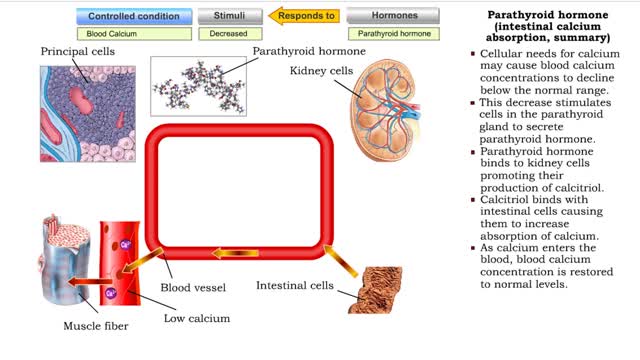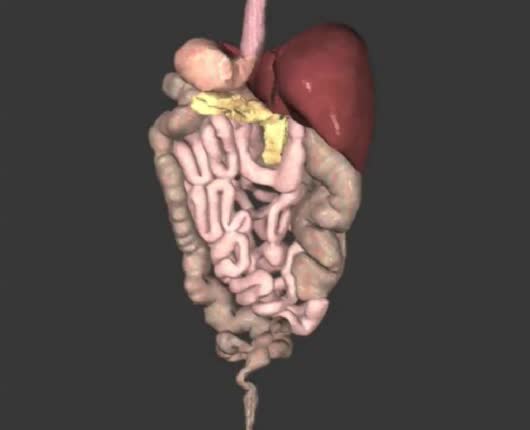Search Results
Results for: 'Trophic Levels and Food'
Secondary and tertiary levels of protein structure Animation
By: HWC, Views: 5583
Amino acid sequence dictates a protein's final shape. The presence of certain amino acids favors a pattern of hydrogen bonding that causes part of the polypeptide chain to coil and twist into an alpha helix. The presence of other amino acids enables hydrogen bonding between strand like re...
Interview with an Anorexic Woman (Part 2 of 2)
By: Administrator, Views: 14790
Anorexia is a psychological disorder that affects an individual’s relationship with food and causes an unrealistic view of one’s body image. It affects both men and women of all ages but is more prevalent in women, with 0.3 – 1.0% of all women being affected. The age of onset tends to be mi...
Interview with an Anorexic Woman (Part 1 of 2)
By: Administrator, Views: 14832
Anorexia is a psychological disorder that affects an individual’s relationship with food and causes an unrealistic view of one’s body image. It affects both men and women of all ages but is more prevalent in women, with 0.3 – 1.0% of all women being affected. The age of onset tends to be mi...
Parathyroid hormone (bone resorption) & Calcitonin (bone deposition)
By: HWC, Views: 11527
• Cellular needs for calcium may cause blood calcium concentrations to decline below the normal range. • This decrease stimulates cells in the parathyroid gland to secrete parathyroid hormone. • Binding of parathyroid hormone to osteoclasts in bone tissue promotes bone resorption and th...
By: HWC, Views: 11887
• During digestion, complex carbohydrates are hydrolyzed into monosaccharides, primarily glucose. • The catabolism of glucose is the primary source of energy for cellular production of ATP. • The anabolism of glucose is important in regulating blood glucose levels. • Glucose cat...
ACTH/Cortisol (glycogenolysis, protein catabolism, lipolysis and gluconeogenesis)
By: HWC, Views: 11589
• A decline in blood glucose concentration stimulates corticotropic cells in the anterior pituitary to produce adrenocorticotropic hormone (ACTH). • ACTH binds with cells in the zona fasciculata of the adrenal cortex. • Increased ACTH promotes the production of cortisol, the major gluco...
Hormonal feedback loop components & Glucagon (glycogenolysis and gluconeogenesis)
By: HWC, Views: 11434
The endocrine system maintains many body conditions within normal limits with feedback loops. Each endocrine feedback loop maintains homeostasis using the following components: • Stimulus - a change in a body condition. • Production cell - an endocrine cell that produces a hormone after ...
By: Administrator, Views: 14927
Digestive system contains both primary and accessory organs for the conversion of food and fluids into a semiliquid that can be absorbed for the body to use. Three main functions: - Digestion - Absorption - Elimination With aging: - Digestive system becomes less motile. - Glandular sec...
Atrial natriuretic peptide (vasodilation) & Aldosterone
By: HWC, Views: 11411
• Certain situations will cause the body's stress level to rise. • increased blood pressure will stretch the atria of the heart, stimulating the secretion of atria natriuretic peptide (MP). • ANP causes muscle cells in blood vessels to relax. • Blood pressure is lowered as a result ...
Advertisement











